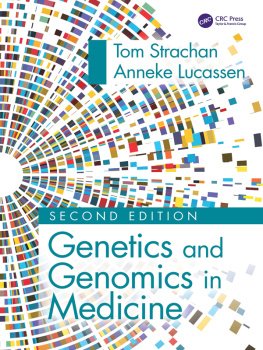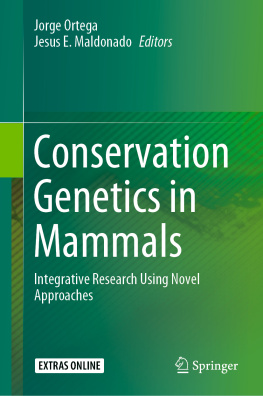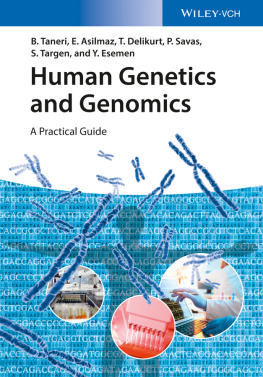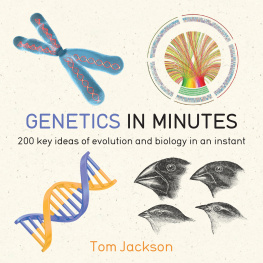
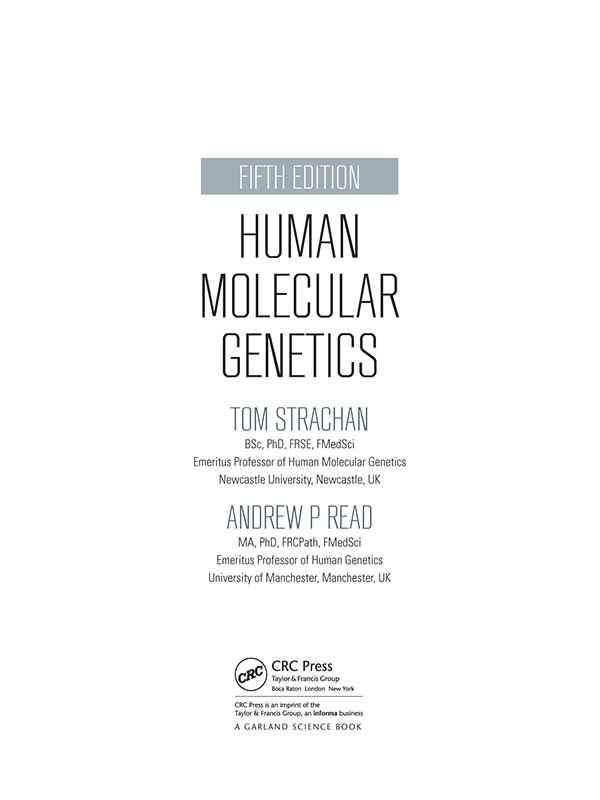
CRC Press
Taylor & Francis Group
6000 Broken Sound Parkway NW, Suite 300
Boca Raton, FL 33487-2742
2019 by Taylor & Francis Group, LLC
CRC Press is an imprint of Taylor & Francis Group, an Informa business
No claim to original U.S. Government works
Printed on acid-free paper
International Standard Book Number-13: | 978-0-815-34589-3 (Paperback) |
978-0-367-00250-3 (Hardback) |
This book contains information obtained from authentic and highly regarded sources. Reasonable efforts have been made to publish reliable data and information, but the author and publisher cannot assume responsibility for the validity of all materials or the consequences of their use. The authors and publishers have attempted to trace the copyright holders of all material reproduced in this publication and apologize to copyright holders if permission to publish in this form has not been obtained. If any copyright material has not been acknowledged please write and let us know so we may rectify in any future reprint.
Except as permitted under U.S. Copyright Law, no part of this book may be reprinted, reproduced, transmitted, or utilized in any form by any electronic, mechanical, or other means, now known or hereafter invented, including photocopying, microfilming, and recording, or in any information storage or retrieval system, without written permission from the publishers.
For permission to photocopy or use material electronically from this work, please access www.copyright.com (http://www.copyright.com/ ) or contact the Copyright Clearance Center, Inc. (CCC), 222 Rosewood Drive, Danvers, MA 01923, 978-750-8400. CCC is a not-for-profit organization that provides licenses and registration for a variety of users. For organizations that have been granted a photocopy license by the CCC, a separate system of payment has been arranged.
Trademark Notice: Product or corporate names may be trademarks or registered trademarks, and are used only for identification and explanation without intent to infringe.
Visit the Taylor & Francis Web site at
http://www.taylorandfrancis.com
and the CRC Press Web site at
http://www.crcpress.com
Contents
Much has changed since the fourth edition of Human Molecular Genetics (HMG4) appeared in 2011, so this fifth edition has seen a comprehensive rewrite and reorganization. Few of the chapters retain their identity from HMG4, but our aims throughout the book remain the same: to provide a framework of principles rather than to list facts (which are better found in online resources), to provide a bridge between basic textbooks and the research literature, and to communicate our excitement and enthusiasm for this very fast-moving area of science.
The biggest single development since HMG4 has been the massive expansion of DNA sequencing in every area of human genetics. In response, we have provided a much-extended and updated coverage of massively-parallel sequencing technology, including the exciting new field of single-cell genomics. In some respects, the sequencing revolution has made things simpler. Many specific techniques covered in HMG4 have been largely or completely superseded by sequencing. The reader will note, however, that we still illustrate karyotypes. We make no apology for showing these where appropriate because they have educational valueit is often easier to understand what is going on by looking at a karyotype rather than sequence data, even though nowadays most laboratories would use sequencing rather than microscopy for these purposes.
In the preface to HMG4 we wrote, we can confidently expect that the genomes of huge numbers of organisms and individuals will have been completed before the next edition of this book, and that expectation has been amply realized. Human genetics is now firmly in the world of Big Data and big international collaborationsand our coverage reflects this.
Among new or rearranged chapters we were particularly gratified when Mark Jobling and the team who produced the excellent Human Evolutionary Genetics (2nd edn, Garland Science, 2013) agreed to contribute a chapter on human evolution. Analysis of contemporary and ancient DNA has progressed enormously in the past few years and is revealing fascinating insights into our origins and historybut neither of us felt qualified to write with sufficient authority on this important topic.
Other developments include:
- A radical revision of coverage of early mammalian development and stem cells, with a detailed explanation of the origins of cellular differentiation and an in-depth survey of pluripotent stem cells as well as tissue stem cells and cell reprogramming.
- A specific chapter on genetic manipulation of mammalian cells, bringing together material from different HMG4 chapters and tracing the evolution of genome editing from a focus on simply using homologous recombination to the modern emphasis on using programmable nucleases.
- A chapter that deals with both the architecture of the human genome and also the ENCODE Project and other new initiatives to understand how our genome functions.
- A chapter giving unified coverage of gene regulation and epigenetics.
- A chapter giving an overview of human genetic variation that includes the origins of DNA sequence variation, DNA repair mechanisms, variant classes, population genomics, and functional genetic variation.
- A new chapter on human population geneticsa topic that we felt received inadequate coverage in previous editions.
- A specific chapter on molecular pathology, bringing together and expanding material from HMG4.
- Greatly expanded discussion of the achievements and limitations of genome-wide association studies (GWAS) in identifying susceptibility factors for common complex conditions. As the GWAS era is giving way to large-scale sequencing approaches, this seems a particularly apposite time for a critical analysis.
- New coverage of DNA diagnostics reflecting the major changes that have come with the routine use of whole exome and whole genome sequencing.
- Revised discussion of cancer genetics and genomics reflecting developments in multiplatform analyses, liquid biopsies, and targeted treatments.
- A new chapter that brings together model organisms and disease modeling, including the fast-moving new field of cellular disease modeling, especially organoid models that arose from basic developmental studies.
Apart from these specific topics, every page of the text has been revised and updated to provide an overview of human molecular genetics in 2018.
This book has only been possible because of the work of the team under Joanna Koster at Taylor & Francis who have converted our drafts and sketches into the finished productPaul Bennett, Jordan Wearing, Matt McClements, Ruth Maxwell, Becky Hainz-Baxter, and probably others who have worked from time to time on the project. As ever, we are deeply grateful to our wives, Meryl and Gilly, for their forbearance and support during the long gestation of this book.
Tom Strachan
Andrew P Read
Tom Strachan is Emeritus Professor of Human Molecular Genetics at Newcastle University, Newcastle, UK, and is a Fellow of the Royal Society of Edinburgh and a Fellow of the Academy of Medical Sciences. He was the founding Head of Institute at Newcastle Universitys Institute of Human Genetics (now the Institute of Genetic Medicine) and its Scientific Director from 2001 to 2009. Toms early research interests were in multigene family evolution and interlocus sequence exchange, notably in the HLA and 21-hydroxylase gene clusters. While pursuing the latter, he became interested in medical genetics. His most recent research has focused on developmental disorders and developmental control genes.
Next page

